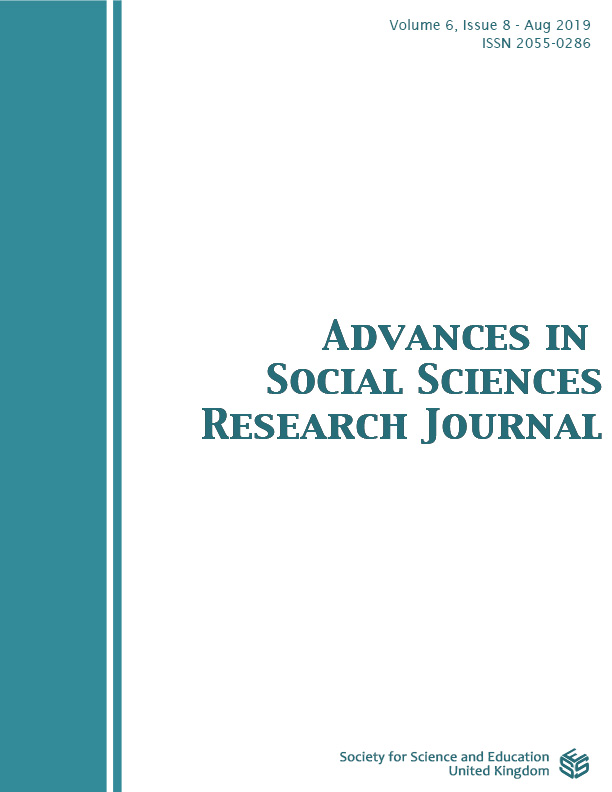Indigenous Cultural Practices and Natural Resources Conservation in Owerri, Imo State, Nigeria
DOI:
https://doi.org/10.14738/assrj.68.6381Abstract
This study was designed to examine how indigenous socio-cultural practices contribute to the conservation and management of natural resources in Owerri, Imo state, Nigeria. The major purpose of this paper is to investigating the extent to which totemism (forbidden items), creation of protected areas (evil forest, sacred grooves, burial ground), shrines and sanctuaries as indigenous socio-cultural practices contribute to natural resources conservation in Owerri, Imo state, Nigeria. Three research questions and three commensurate null hypotheses were formulated for the study.. The population of the study consisted of farmers, carvers, traders, civil and public servants, conservation organizations among others. The multi-stage sampling techniques, was used to select a sample of 240 respondents from a population of about twelve thousand persons from 12 selected autonomous communities. A structured questionnaire divided into two sections with the modified four point Likert scale response option was the major instrument for data collection. The researcher with the help of trained community secretary administered the instruments and there was a 100% instrument return rate. Pie chart and simple percentage were used to answer the research questions, while Pearson Product Moment Correlation Analysis was used to test the relationship between the sub variables which makes up indigenous cultural practices and the conservation of natural resources at 0.05 significant levels at 238 degree of freedom. The result of the analyses of all the hypotheses were significant indicating that each of the sub-variable constituting indigenous cultural practices contributes to the conservation of natural resources in Owerri, Imo State, Nigeria. It was recommended among others that modern conservation activities should purposely design strategies to incorporate indigenous socio-cultural practices for the conservation of natural resources in the study area and beyond.
Downloads
Published
How to Cite
Issue
Section
License
Authors wishing to include figures, tables, or text passages that have already been published elsewhere are required to obtain permission from the copyright owner(s) for both the print and online format and to include evidence that such permission has been granted when submitting their papers. Any material received without such evidence will be assumed to originate from the authors.






